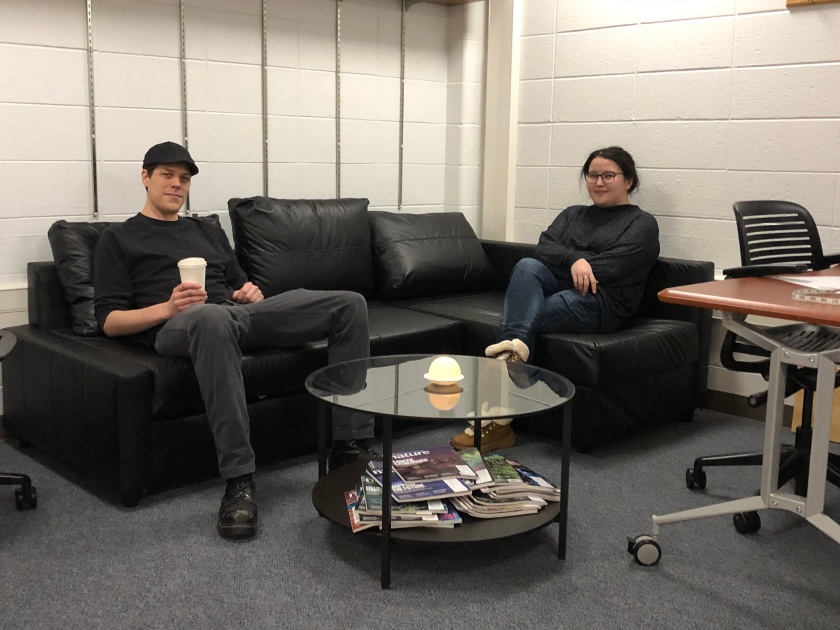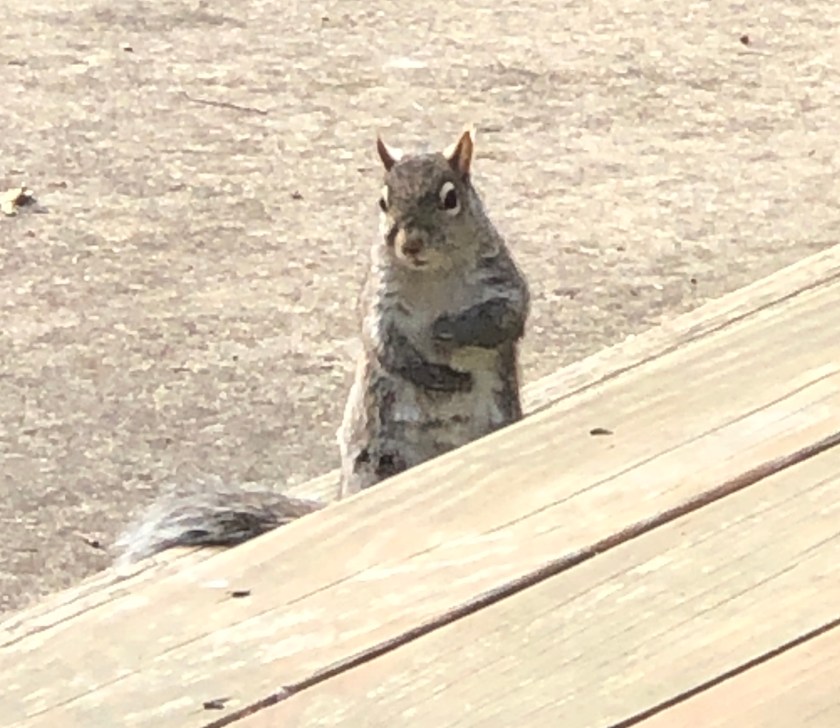
Hanging out & just rotating around the sun. Recently I was reflecting on how long I have personally stood on our Earth as it made it’s daily rotations on it’s orbit around the sun. I came to the conclusion that I have been around the sun too many times than what I would like to actually admit to here… I also reflected on the number of friends & scientific contacts that I have enjoyed making over the course of these many rotations around the sun. I also did not want to particularly contemplate how much ionizing radiation I had subjected my body to in flying around to many locations in the world for well over 3 decades.
Using technology wisely to increase productivity? I have been resorting to using technology more & more – to regularly meet with collaborators across oceans, as well as give lectures to my students when I am either traveling, or when I am unwell. [ This is a great option when you do not wish to infect the rest of your building with bubonic plague. 🙂 Let’s be mindful & not spread the infection to others…] These virtual meetings have been great – lot’s of time saved not travelling. No jet lag either.
Taking the next step with technology. So, this makes me ask the question: if we can use technology to meet with friends, family & colleagues to discuss things, why can’t we organize scientific activities such as conferences using different virtual formats? Does this mean I am advocating that we all sit at our desks & watch video feeds of talking heads? No. Not at all. That would be awful.
We need to think about different ways to interact & present our science – ways which excite & engage our colleagues! I have had the pleasure of being involved with Science Twitter for about 5 years now. What a wonderful thing this has been! I have learned so many cool new things about neuroimaging – including getting new papers/preprints of fascinating new work by colleagues whose work I respect. I have also met so many people, made lots of new contacts. Amazing, when I have gone to scientific meetings e.g. Organization for Human Brain Mapping [OHBM] I have run into folks whose Tweets I have been reading & vice-versa. What a great way to make contact with those that you do not know! I have been able to invite folks out to IU to give talks & have also gone out to visit others & talk at their institutions, after meeting them on Twitter. How cool is that?
An OHBM Science Experiment. For the last 3 years the very capable young neuroscientists based at Aalto University in Helsinki have run a Brain Twitter Conference – with key note Tweeters & regular Tweeters. It has run for a day & has been a lot of fun – see previous conference abstracts/program from 2019 etc. here: http://braintc.aalto.fi/2019/
This year we all decided to embark on a crazy experiment during the Equinox as our Earth takes a daily rotation around the sun – over a 24 hour period. It will be the Spring Equinox in the Northern Hemisphere, Autumnal Equinox in the Southern Hemisphere. Everywhere there will be an equal balance between the number of hours of day & night. Cool to contemplate, no? So as our Earth rotates around on this particular day – March 2020, we are going to devote it to neuroimaging/neuroscience! The new day dawns in Australasia first – so our Aussie hub – led by the inimitable @DrBreaky [a.k.a. Michael Breakspear] will start us on our journey. As the Earth turns during the day, we will turn to Europe/Africa/Middle East & to our Finnish hub – led by one of the architects of BrainTwitter conference @eglerean [a.k.a. Enrico Glerean] & the very capable & experienced team in Helsinki. Further on as the day nears its end we will be looked after by the experienced & seasoned US hub – led by the indefatigable @dimitrpantazis &[a.k.a. Dimitrios Pantazis] in Boston. [Just as well – since his team will be closing out the day for us…] So as the Earth turns, we turn to 3 hubs who will co-ordinate our neuroimaging activities!
Where to get more information? Check out: OHBMx.org & submit an abstract soon! And check out @OHBMEquinox on Twitter. I will write another post with updates on the activities soon…

Meanwhile, our lab is ready for this: new couch/coffee table in the lab where we will be able to hang out & enjoy the fun on the Equinox – March 20! Note that this is also co-incides with Brain Awareness Week in many parts of the world – so consider including @OHBMEquinox #OHBMx in your activities on that Friday!
Even the creatures in Indiana are going nuts about this…

…don’t miss out. @aina_puce



